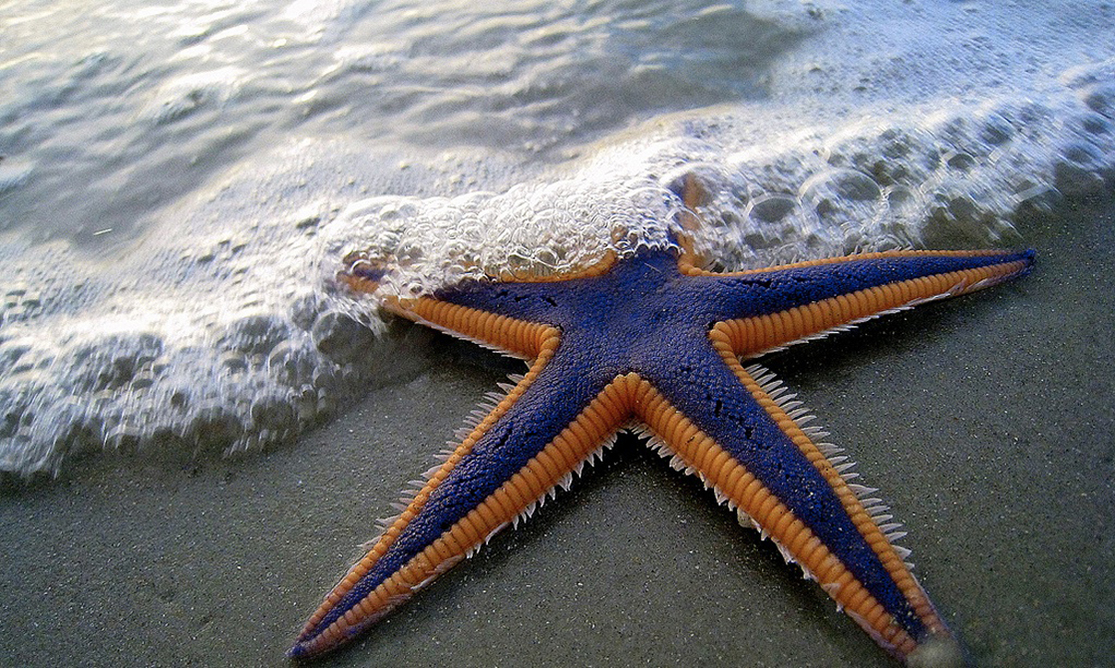141 Introduction

A brief look at any magazine pertaining to our natural world, such as National Geographic, would show a rich variety of vertebrates, especially mammals and birds. To most people, these are the animals that attract our attention. Concentrating on vertebrates, however, gives us a rather biased and limited view of animal diversity, because it ignores nearly 97 percent of the animal kingdom—the invertebrates—animals that lack a cranium and a defined vertebral column or spine.
The invertebrate animal phyla exhibit an enormous variety of cells and tissues adapted for specific purposes, and frequently these tissues are unique to their phyla. These specializations show the range of cellular differentiation possible within the clade Opisthokonta, which has both unicellular and multicellular members. Cellular and structural specializations include cuticles for protection, spines and tiny harpoons for defense, toothy structures for feeding, and wings for flight. An exoskeleton may be adapted for movement or for the attachment of muscles as in the clams and insects. Secretory cells can produce venom, mucus, or digestive enzymes. The body plans of some phyla, such as those of the molluscs, annelids, arthropods, and echinoderms, have been modified and adapted throughout evolution to produce thousands of different forms. Perhaps you will find it amazing that an enormous number of both aquatic and terrestrial invertebrates—perhaps millions of species—have not yet been scientifically classified. As a result, the phylogenetic relationships among the invertebrates are constantly being updated as new information is collected about the organisms of each phylum.

